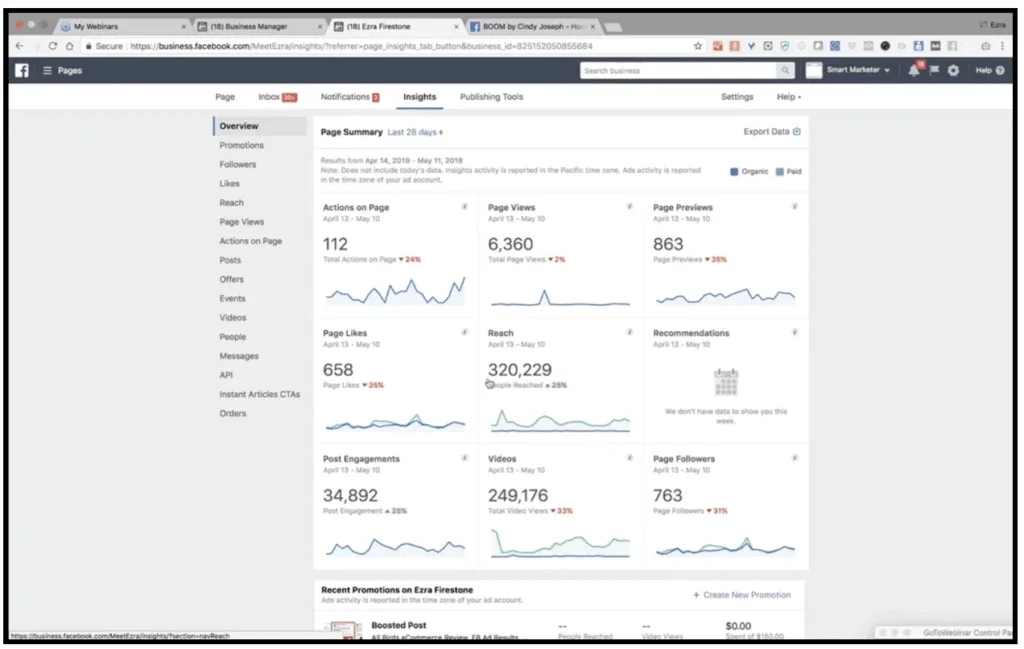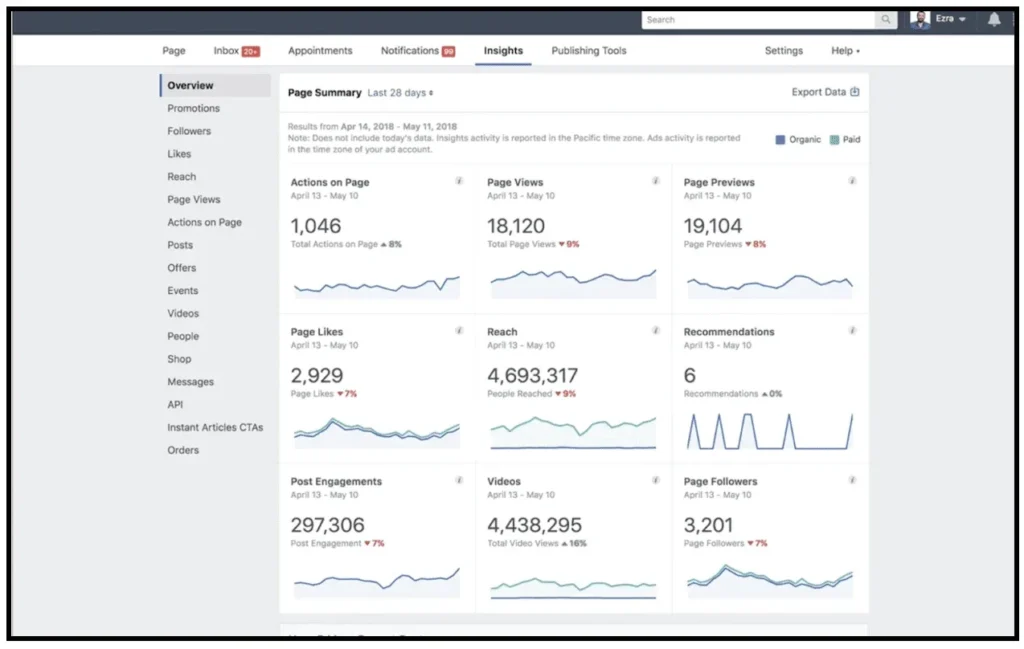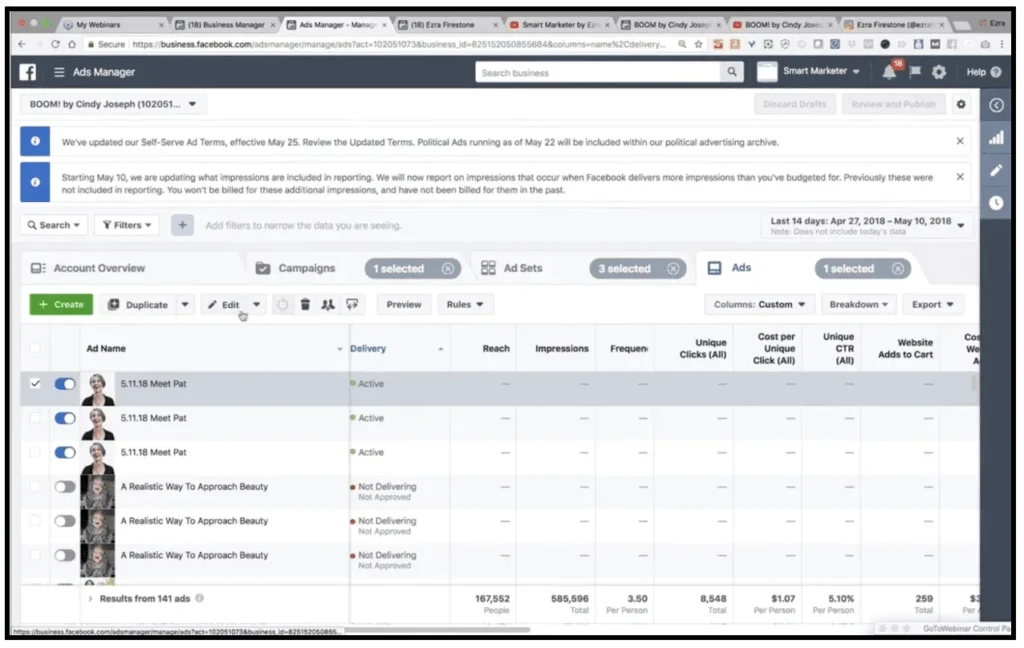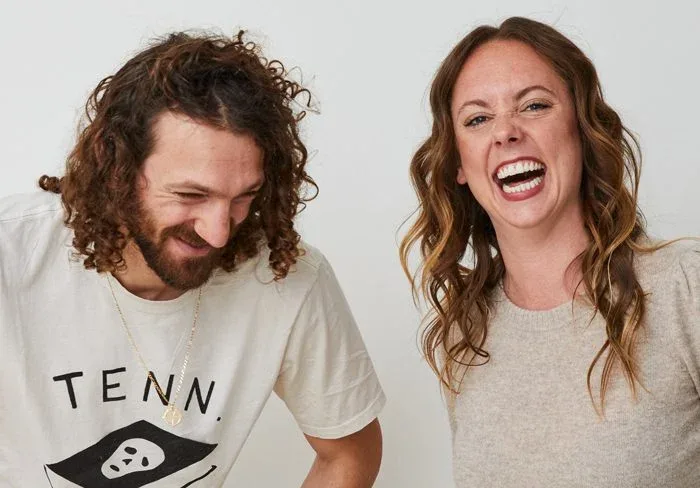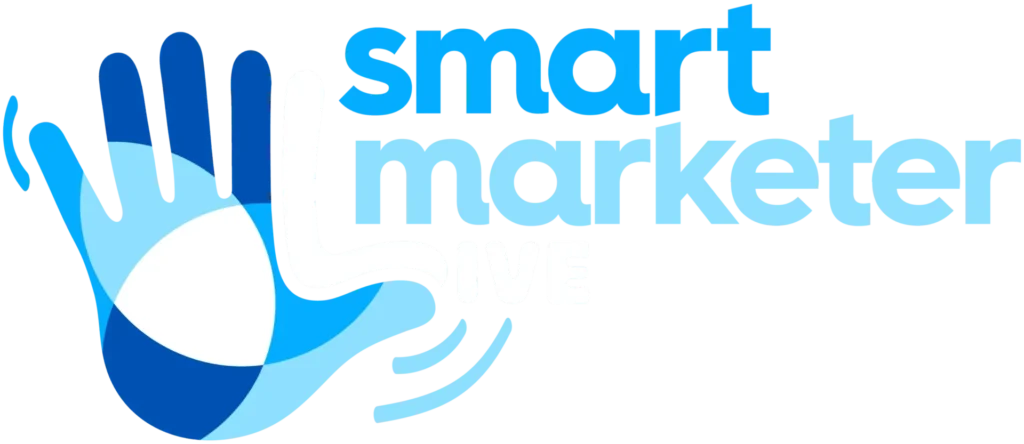Hey! I recently did a live session for Smart Social, a training where I teach business owners how to leverage a profitable content strategy in their ecommerce brand.
During the post-session Q&A, one of my students asked this really good question:
Q: What would be the percentages to focus on every social media network for a small/starting business?
The short answer is… it depends on your market.
But since that doesn’t do you much good, here’s the long answer.
How I Allocate My Budget, Part 1 (Smart Marketer)
First, I want to show you what percentage of my advertising budget I spend on different ad platforms.
I’m going to look at two of my brands, starting with Smart Marketer.
Smart Marketer was essentially built on Facebook, and that’s still where the majority of our ad budget is spent.
My Facebook fan page has over 37,000 followers (which is quite a lot — it’s not easy to get up into the multiple tens of thousands)…
And in the last 28 days, we reached 320,229 people and clocked 249,176 video views.
(Our amplification budget dropped a little this month because we were running a sale the month before, that’s why some of these numbers show a decline.)
Only in 2018 have we really started diversifying the platforms we use for brand visibility.
YouTube and Instagram
If we look at YouTube, where I’m currently allocating about 10% of my ad budget for this brand, we only have 10,418 subscribers (almost a quarter the number of fans we have on Facebook)…
And a total of 1.3 million video views (compared to 250,000 a month on Facebook, though Facebook counts a view at 3 seconds while YouTube counts it at 30 seconds).
What we’re finding, however, is that a lot of business owners and entrepreneurs are on YouTube, so our goal is to increase our amplification budget to 25% in 2019.
But right now, for Smart Marketer, we’re allocating our ad budget as follows: 85% Facebook, 10% YouTube and 5% Instagram.
(By the way, if you want a behind-the-scenes look at my life, you should follow me on Instagram!)
Okay, now let’s look at my other brand, BOOM!
How I Allocate My Budget, Part 2 (BOOM!)
BOOM! is my physical products brand, and, like Smart Marketer, it was grown mainly using Facebook.
Which is why my advertising budget for this is brand is almost entirely Facebook — probably around 99%.
Here are the insights from BOOM!’s Facebook fan page:
In the last 28 days, we’ve had 4.4 million video views and reached about 4.6 million people.
But again, like Smart Marketer, our plan is to diversify our visibility sources in 2019.
YouTube and Instagram
Because of BOOM!’s demographic, not much of our audience is on Instagram…
But they are on YouTube. Here, we have over 5,000 subscribers, a total of 1.2 million video views, and about 150 organic views each month.
(Based on the numbers from these two brands, you can guess how many organic views you would get based on your followers.)
We’ve been steadily increasing our advertising budget on this platform in 2019, and we’re shooting for an allocation of 80% Facebook and 20% YouTube by the end of the year.
Which Ad Platforms Should You Focus On?
Okay, so back to the question: Which ad platforms should you be using, and how much?
If I were starting a new brand, I would focus a minimum of 90% of my attention on Facebook and Instagram, if not 100%.
“What do you have against YouTube?!” you might ask, and the answer is, “Nothing!”
YouTube is great. As I mentioned earlier, one of my goals for the year is to focus more of my attention on this platform…
But I’m also 5-7 years into my content/advertising strategy for these brands. If you’re just getting started, I would recommend holding off on these channels.
Here are 2 reasons why you should focus on Facebook and Instagram instead:
Reason #1 – Facebook and Instagram share the same advertising interface.
Both Facebook and Instagram use the same self-service advertising platform: The Business Manager.
It’s much easier to learn and use than Google’s ad interface, because it came later and Facebook learned from Google’s mistakes.
Also, it’s a lot to ask of your team to learn separate platforms and manage both effectively, especially early on.
Reason #2 – You should go deep before you go wide.
Facebook is an incredibly robust platform with countless tools and campaign options…
So if you’re just getting started, I recommend you focus on learning how to take full advantage of the ways it can benefit your brand before you start thinking about Google or YouTube.
Plus, 4 out of 5 people in the United States use Facebook, so most of your audience is probably on there.
When It’s Time to Diversify Your Ad Strategy
Eventually, when it comes time to diversify your advertising strategy, I would recommend shooting for a budget allocation close to this:
45% Facebook, 45% Instagram and 10% YouTube.
OR…
40% Facebook, 40% Instagram and 20% YouTube.
Again, it’s going to depend on your brand. Here are a couple factors to consider:
Your Audience – If you’re selling to millennials, for example, you’ll want more exposure on Instagram.
Your Content Length – If you create a lot of long-form content (like I do for Smart Marketer), then you’ll want to use platforms that allow you to post that kind of content, like Facebook and YouTube.
(TIP: Whenever you make long-form videos, cut out 10-60 second clips to use on Instagram.)
Highlights:
2:00 It’s smart to focus on one advertising channel first
5:00 Ezra suggests budget percentages for new businesses
7:20 Ezra recommends starting with Facebook and Instagram for advertising
9:00 Facebook is great for long form content
10:45 Budget percentages will depend on your market and length of content

